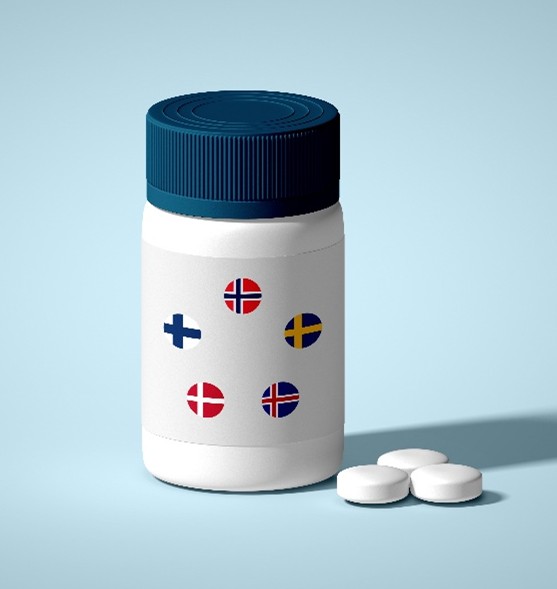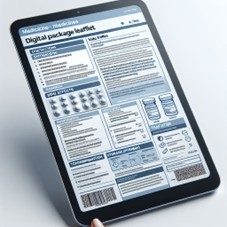The Pilot Study “Regulatory Flexibility for Common Nordic Packs” – A Milestone in Nordic Collaboration

The Norwegian Medical Product Agency (NOMA) has launched an exciting new pilot study aimed at enhancing the efficiency of pharmaceutical supply across the Nordic region. The project, called “Regulatory Flexibility for Common Nordic Packs,” builds on over a decade of experience with developing common Nordic packages and represents a significant step toward digitalization and regulatory harmonization across borders.
Background: Challenges with Current Common Nordic Packages
For over ten years, the Nordic countries have collaborated on common Nordic packages to reduce costs and improve the availability of medicinal products. While these packages have been effective, they face limitations. The main challenge is the lack of space for all Nordic languages. Most packages include fewer than five languages, making it difficult to ensure full linguistic coverage across the region.
Read more about Common nordic packages for better availability
What’s New in the Pilot Study?
The pilot study introduces English-only packs and package leaflets as a shared standard for selected medicinal products in the Nordic region. This approach aims to resolve many practical challenges associated with multilingual packages while ensuring that essential information is accessible in national languages through digital tools.
Targeted Medicinal Products in the Pilot
The pilot study targets specific medicinal products, focusing on:
- Hospital medicinal products: These are administered by healthcare professionals and are considered at risk of supply shortages.
- Low sales volume: Medicinal products used in hospitals with annual sales of fewer than 5,000 packs across the Nordic region.
For a detailed list of substances included in this initiative, you can refer to the Nordic PI List to Increase Availability.
Digital Package Leaflets as a Key Enabler
Healthcare professionals and patients will access digital package leaflets in their national languages. The printed packaging and leaflet will be in English, a preferred foreign language in all Nordic countries. This model offers flexibility and reduces the need for extensive printing in multiple languages.
Read more here: WHO Policy Brief on Multinational Pharmaceutical Approaches

What to Expect
This pilot project serves as a testbed for Nordic collaboration on multinational packaging, utilizing digital tools to enhance efficiency. The insights gathered could have significant implications beyond the Nordic region. Since English is widely recognized as a secondary language in many countries, the model has the potential to be adapted and implemented on a global scale.
Future Expansion
A dedicated steering group will continuously monitor the pilot’s progress and make any necessary adjustments. Over time, the pilot’s scope is expected to grow, incorporating various types of medicinal products.
Why Is This Important?
The Nordic pilot study could contribute to:
- Improved access of medicinal products: Reduced risk of supply shortages.
- Efficient resource use: Harmonized regulations and language requirements.
- An international model: A framework that could inspire similar solutions in other regions.
“Look to the Nordics”
The Nordic region has long been a leader in cross-border collaboration. The pilot study “Regulatory Flexibility for Common Nordic Packs” is another example of how the region pioneer’s innovative healthcare solutions. The insights from this project will not only strengthen the availability of the medicinal products in the Nordics but also provide valuable learnings for global stakeholders in the pharmaceutical industry.
Mericon is closely following this development and looks forward to sharing updates from this groundbreaking pilot. We believe this model could represent a critical milestone in ensuring safe and efficient access of medicinal products – both in the Nordic region and worldwide.
For more information, please don’t hesitate to contact us.